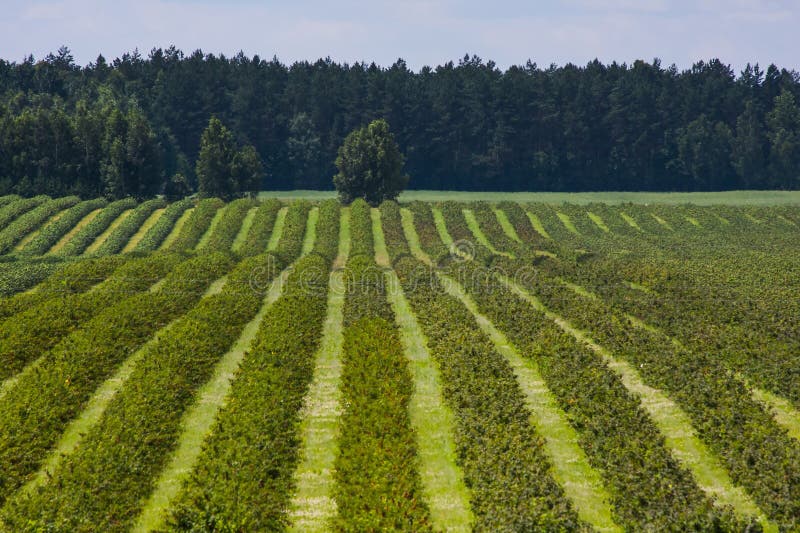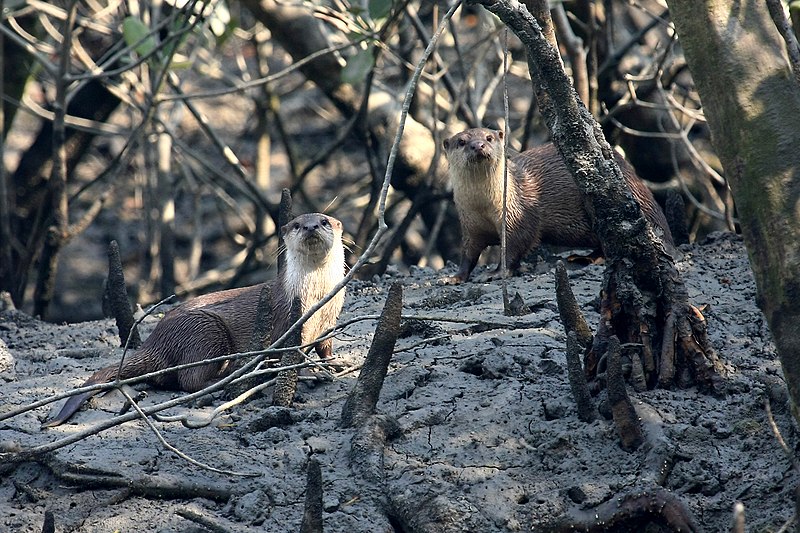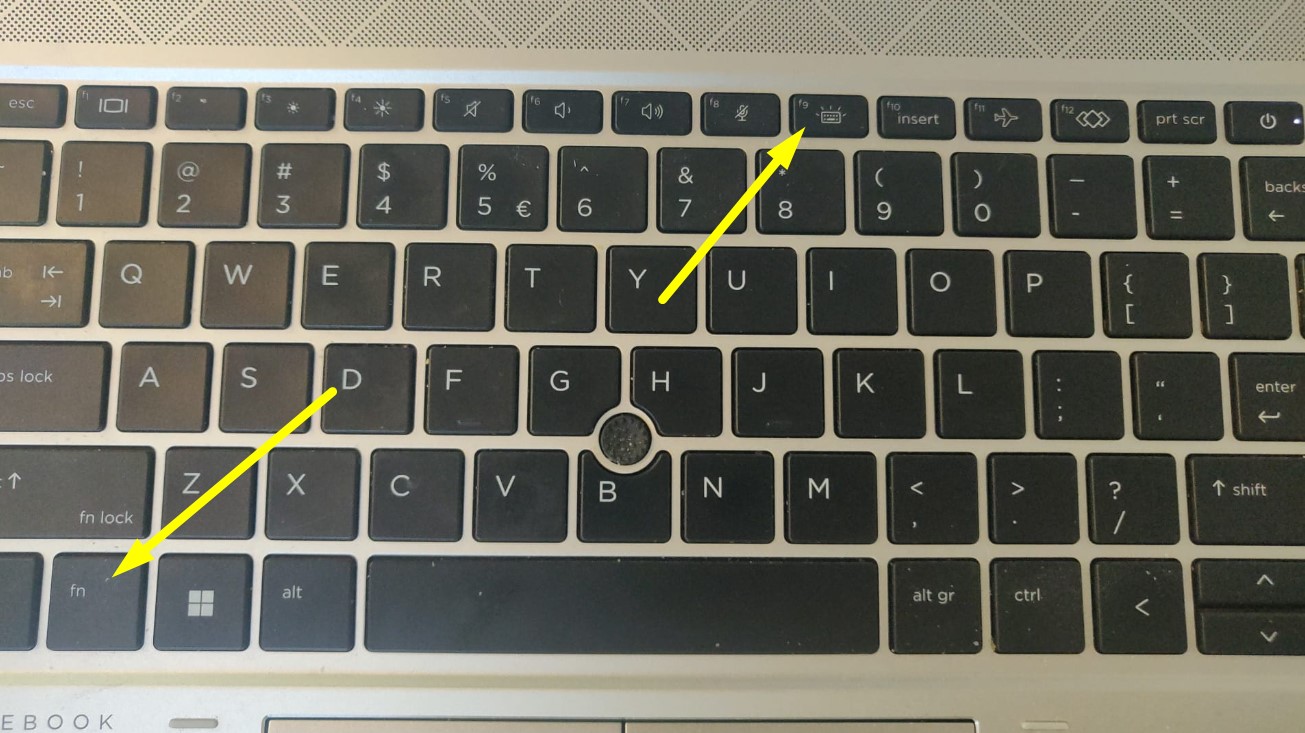Understanding Cassis Blackcurrant: Cultivation, Harvesting, And Preservation

Table of Contents
Cultivating Cassis Blackcurrants
Successfully growing Cassis blackcurrants hinges on understanding their needs. From selecting the ideal location to mastering ongoing care, this section provides a roadmap to a bountiful harvest.
Choosing the Right Location and Soil
Cassis thrives in well-drained, slightly acidic soil (pH 6.0-6.5). While it tolerates partial shade, full sun exposure generally results in better yields and fruit quality. Climate is crucial; Cassis is hardy but susceptible to frost damage, especially during flowering and fruiting.
- Soil pH requirements and testing methods: Use a soil testing kit to determine your soil's pH. Amend heavy clay soils with organic matter like compost to improve drainage. For alkaline soils, consider adding sulfur to lower the pH.
- Sunlight exposure needs and potential shading solutions: Aim for at least 6 hours of direct sunlight per day. If your area is prone to intense afternoon sun, consider providing some afternoon shade, particularly in warmer climates.
- Suitable climate zones and frost protection techniques: Cassis thrives in USDA hardiness zones 3-7. Protecting young plants from frost using row covers or cloches is crucial during spring frosts.
- Selecting a suitable variety based on region and desired characteristics: Research varieties best suited to your specific climate and preferences. Some varieties are known for their higher yield, while others excel in flavor or disease resistance.
Planting and Care
Planting Cassis blackcurrants involves careful consideration of spacing and initial care. Ongoing maintenance, including fertilization and pruning, is key to maximizing yield and plant health.
- Step-by-step planting instructions: Dig holes twice the size of the root ball. Gently loosen the roots and plant at the same depth as they were in their container. Water thoroughly after planting.
- Recommended fertilization schedules and types of fertilizers: Apply a balanced fertilizer in early spring before new growth appears. Organic options like compost or well-rotted manure are excellent choices.
- Pruning techniques for optimal growth and fruit production: Regular pruning is essential. Remove old canes after fruiting and thin out crowded canes to improve air circulation and sunlight penetration.
- Common pests and diseases and their respective treatments (organic and chemical): Watch for common pests like aphids and spider mites and diseases such as powdery mildew and anthracnose. Organic pest control options and fungicides are available, but chemical treatments may be necessary in severe cases.
Harvesting Cassis Blackcurrants
Knowing when and how to harvest your Cassis blackcurrants is crucial for preserving their flavor and quality.
Knowing When to Harvest
The optimal harvest time is typically late summer, when the berries are fully ripe. Look for deep purple, plump berries with a slightly soft texture. A taste test is the ultimate indicator of ripeness; the berries should be sweet and tart.
- Visual cues for ripeness (color changes, plumpness): The berries should be a deep, rich purple color, almost black. They should feel plump and juicy to the touch.
- Taste test for optimal sweetness and tartness: Sample a few berries to ensure they've reached the desired balance of sweetness and tartness.
- Ideal harvesting window (timing and weather conditions): Harvest on a dry day to avoid introducing moisture, which can lead to mold.
Harvesting Techniques
Harvesting methods depend on scale. Hand-picking is ideal for smaller gardens, ensuring minimal damage to the berries. Mechanical harvesting is more efficient for larger commercial operations but can bruise the fruit.
- Hand-picking techniques and advantages: Carefully pluck the berries from the stems, avoiding harsh pulling. Hand-picking minimizes damage and ensures higher quality.
- Mechanical harvesting methods and their limitations: Mechanical harvesting uses specialized equipment, suitable for large-scale production but can result in more bruised berries.
- Post-harvest handling to prevent damage and spoilage: Gently handle the harvested berries, avoiding crushing. Store them in shallow containers and refrigerate promptly.
Preserving Cassis Blackcurrants
Preserving your Cassis blackcurrant harvest ensures you can enjoy their flavor year-round.
Freezing
Freezing is a simple and effective method for preserving Cassis.
- Step-by-step instructions for freezing blackcurrants: Wash and thoroughly dry the berries. Spread them in a single layer on a baking sheet and freeze until solid. Transfer to freezer bags for long-term storage.
- Tips for preventing freezer burn: Ensure berries are completely dry before freezing. Use airtight containers or freezer bags to minimize exposure to air.
- Storage recommendations for frozen blackcurrants: Frozen Cassis blackcurrants can be stored for up to 12 months.
Making Jams and Jellies
Cassis jams and jellies are culinary delights.
- Basic Cassis jam/jelly recipe: Numerous recipes are available online, but a simple recipe involves combining Cassis, sugar, and lemon juice, simmering until thickened, and then canning or preserving the jam.
- Canning and preserving methods to ensure safety and long shelf-life: Follow established canning guidelines to ensure the safety of your homemade jams and jellies. Proper sterilization and sealing are essential.
- Tips for achieving optimal texture and flavor: Use a sugar-pectin combination for proper setting, and adjust sugar levels to your taste preference.
Other Preservation Methods
Beyond freezing and jams, other options exist.
- Drying methods and suitable equipment: Dehydrating Cassis blackcurrants preserves their flavor and creates a unique snack or ingredient for baking.
- Recipes or resources for Cassis-based liqueurs: Cassis Crème de Cassis is a famous liqueur. Recipes are readily available online.
- Ideas for using preserved Cassis in various dishes and beverages: Incorporate preserved Cassis into sauces, desserts, cocktails, and more.
Conclusion: Mastering Cassis Blackcurrant Cultivation, Harvesting, and Preservation
From selecting the perfect planting location to preserving your bountiful harvest, this guide provides the knowledge and techniques necessary for successful Cassis blackcurrant cultivation. Mastering each stage—from planting and pruning to harvesting and preserving—unlocks the full potential of this intensely flavorful berry. The versatility of Cassis blackcurrants offers exciting opportunities for both personal enjoyment and potential commercial ventures. Start cultivating your own delicious Cassis blackcurrants today and unlock the secrets to harvesting and preserving this unique and flavorful berry! Find reliable seed suppliers and inspiring recipes online to begin your Cassis journey.

Featured Posts
-
 Wyoming Otter Conservation A Pivotal Moment For Management
May 22, 2025
Wyoming Otter Conservation A Pivotal Moment For Management
May 22, 2025 -
 Wtt Star Contender Chennai Indias Impressive 19 Paddler Lineup
May 22, 2025
Wtt Star Contender Chennai Indias Impressive 19 Paddler Lineup
May 22, 2025 -
 Making The Team Jesse James Recalls His Draft Experience
May 22, 2025
Making The Team Jesse James Recalls His Draft Experience
May 22, 2025 -
 Abn Amro Opslag Waarom Online Betalen Niet Werkt And Wat Te Doen
May 22, 2025
Abn Amro Opslag Waarom Online Betalen Niet Werkt And Wat Te Doen
May 22, 2025 -
 Plouzane Et Clisson Des Sites Bretons Beneficiant Du Programme Mission Patrimoine 2025
May 22, 2025
Plouzane Et Clisson Des Sites Bretons Beneficiant Du Programme Mission Patrimoine 2025
May 22, 2025
